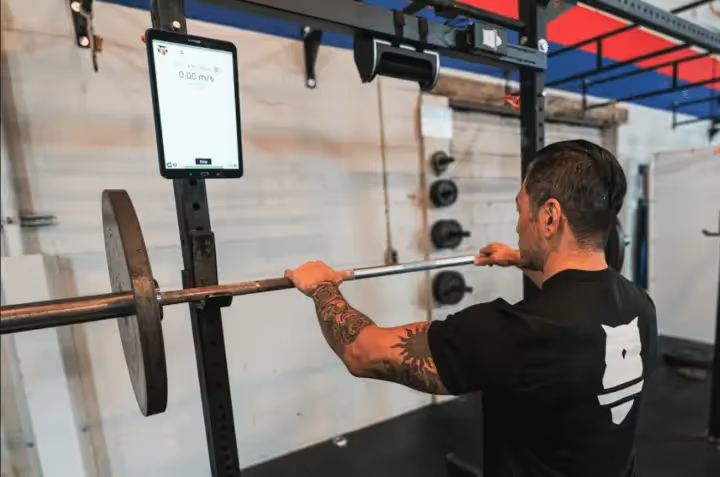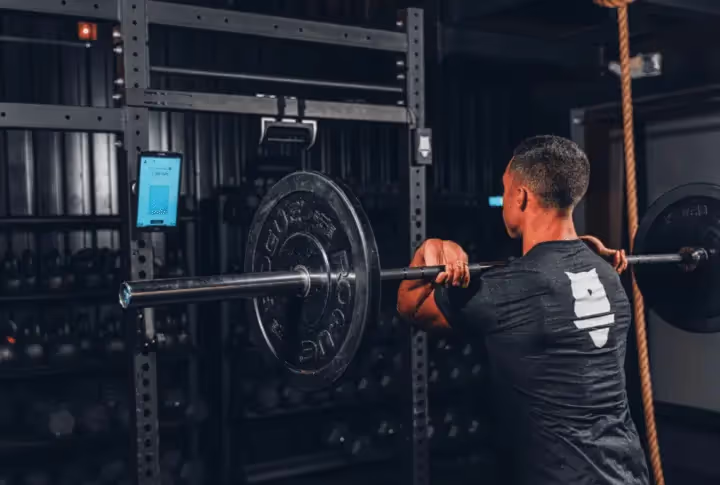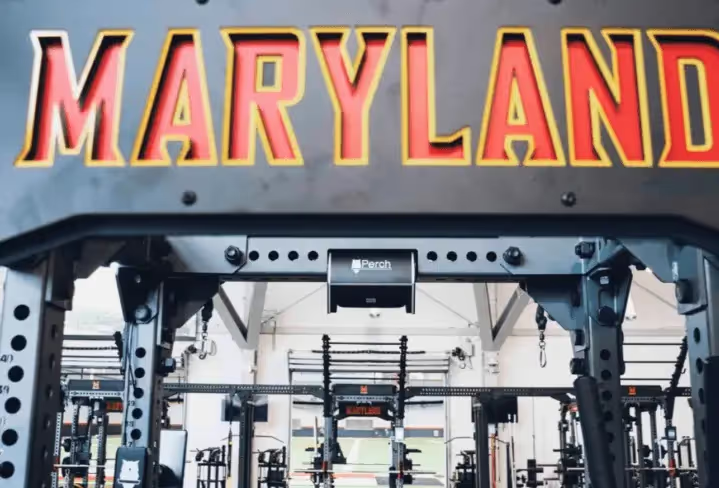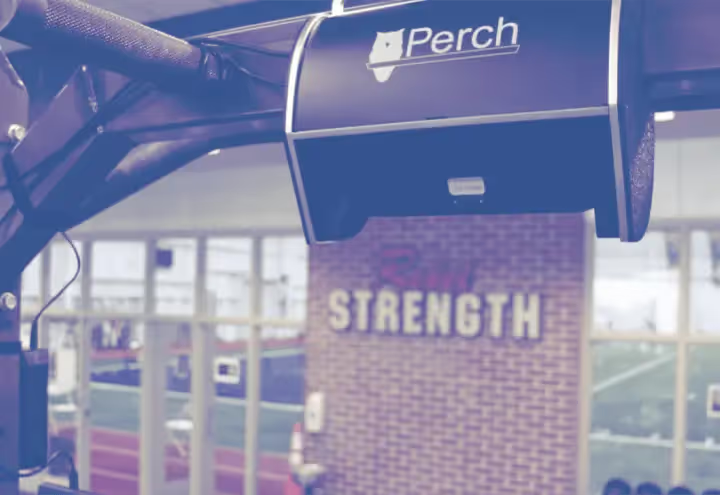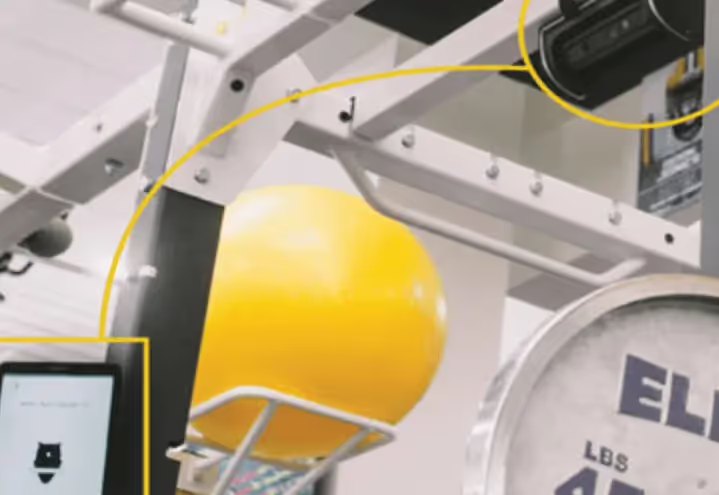Developing Power

Here at Perch, we talk a lot about lifting heavy things fast. That is because power relies equally on force generation and velocity. Power equals force x velocity: P=F*V. Developing power in athletes can be confusing, in this power we try to break it down into digestible bites.
Power is also arguably the best single measure of an athlete’s overall performance. Lifting heavy loads is only half the equation, just like lifting quickly is also only half the equation. To be a powerful athlete, both the force and velocity components must be developed.
DEVELOPING POWER WITH ATHLETES
Developing an athlete’s power output across a wide range of loads will help translate weight room sessions to sport specific performance. Research suggests that training at the load that maximizes power output is the most efficient way to develop power at a wide range of loads [1,2]. That said, you must also learn how to recruit muscle fibers with max strength and accelerative-strength/hypertrophy zones and traits. And recruit them quickly with starting strength and speed-strength zones and traits as well.
5 CONSIDERATIONS TO DEVELOP POWER WITH VBT
Velocity based training devices like Perch can help guide training within your maximal power zone to optimize protocols for you specifically. Remember, the peak power zones span across speed-strength and strength-speed in VBT. This is approximately 0.75 to 1 m/s for strength-speed, and 1 to 1.3 m/s for speed-strength. Maximal power output lives in that zone!
- Monitoring: Perch can help determine load with max power output! You will know in watts what your maximal power output is by using Perch and monitoring data over time. This will guide the velocities and loads at which you are most powerful, and what is optimal for you to train at.
- Base Loads off of Adaptations: Loads do not have to be based on percent of RM. We know this, but still worth stating. If your loads are based on velocity ranges and specific adaptations you are better off. This will help inform your maximal power outputs instead of just load lifted.
- Sport Specific Traits: Understanding the needs analysis of the sport will help you develop power specific to those needs. If an athlete needs a ton of strength, err towards those zones and traits. If they need more speed, err towards those. This is the art of coaching!
- Live in Power Zones for Power Development: As stated above, speed-strength (0.75 to 1 m/s) and strength-speed (1 to 1.3 m/s) is where you want to live for maximal power output. To develop power, however, you will want to work across all loads and velocity thresholds. You have to be strong and be able to recruit muscle fibers, but you also have to be fast and recruit them quickly. Working on developing those specific adaptations within their zones will help elicit power.
- Maximize Intent: Above all – always lift with maximal intent! Max intent is necessary to be making those neural connections so power can continue to increase. If maximal intent is used, rate of force development across all loads will be optimized. In this way, progress begets progress.
Most of sport is centered around power, as is most athleticism. If you do not know when you are training power, it is hard to optimize training protocols for it. VBT devices can take the guesswork out of your training. With more precise protocols, training is never wasted, and never guessed. We can maximize sessions with exact knowledge via VBT devices like Perch. Train for power, and know when you are doing so!

FOLLOW US!
Keep checking back for more velocity based training content, tips, tricks, and tools. And don’t forget to follow us on Twitter , Instagram and LinkedIn and like us on Facebook . And more on our YouTube Page!
SOURCES:
- Kawamori, N., & Haff, G. G. (2004). The Optimal Training Load for the Development of Muscular Power. The Journal of Strength and Conditioning Research, 18(3), 675. https://doi.org/10.1519/1533-4287(2004)18<675:totlft>2.0.co;2
- Moss, B. M., Refsnes, P. E., Abildgaard, A., Nicolaysen, K., & Jensen, J. (1997). Effects of maximal effort strength training with different loads on dynamic strength, cross-sectional area, load-power and load-velocity relationships. European Journal of Applied Physiology, 75(3), 193–199. https://doi.org/10.1007/s004210050147
- Suchomel, T. J., Comfort, P., & Lake, J. P. (2017). Enhancing the Force-Velocity Profile of Athletes Using Weightlifting Derivatives. Strength & Conditioning Journal, 39(1), 10–20. https://doi.org/10.1519/ssc.0000000000000275

Start Gathering Data With Perch Today!
Reach out to us to speak with a representative and get started using Perch in your facility.

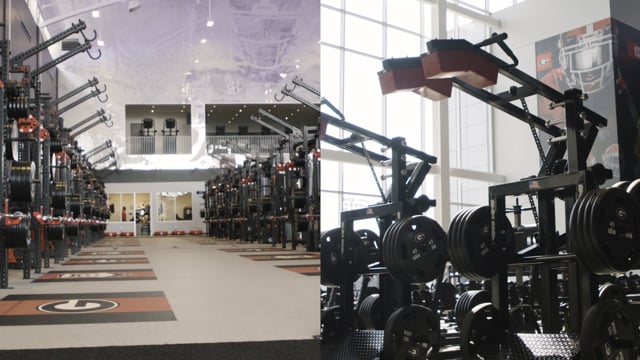
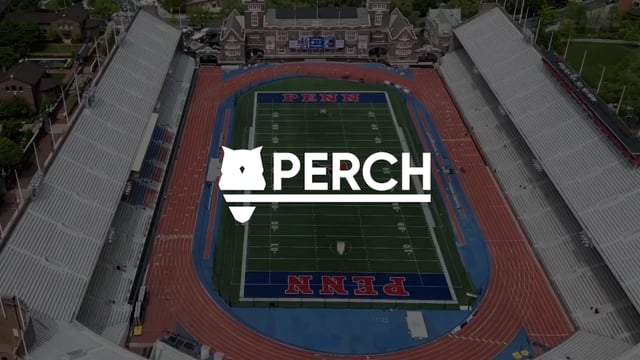
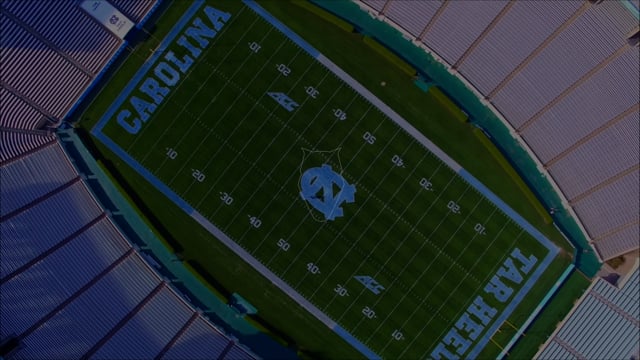

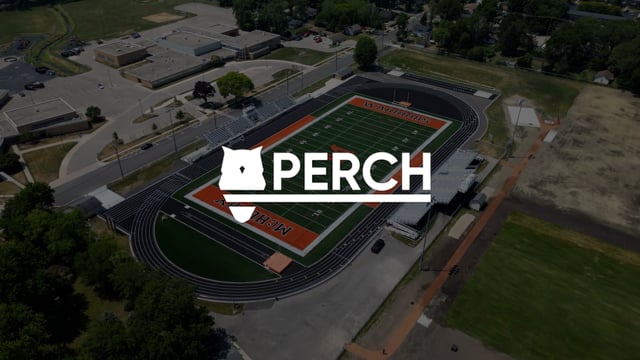
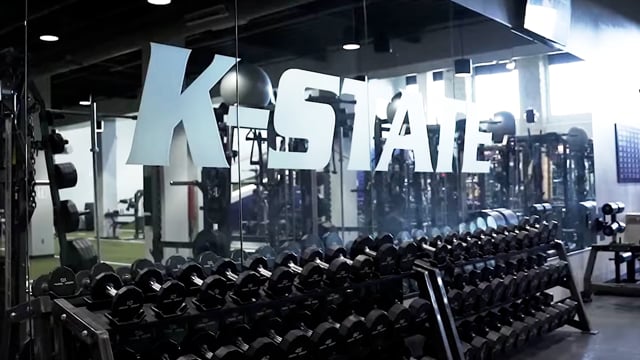

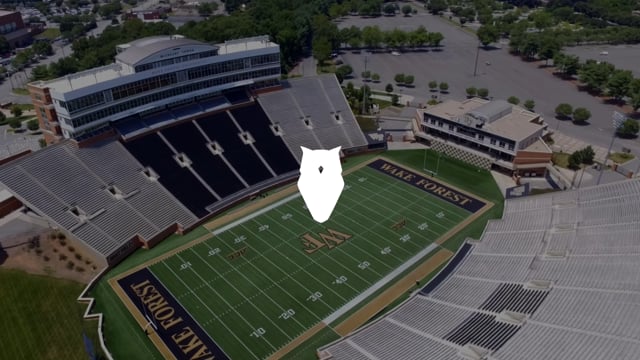
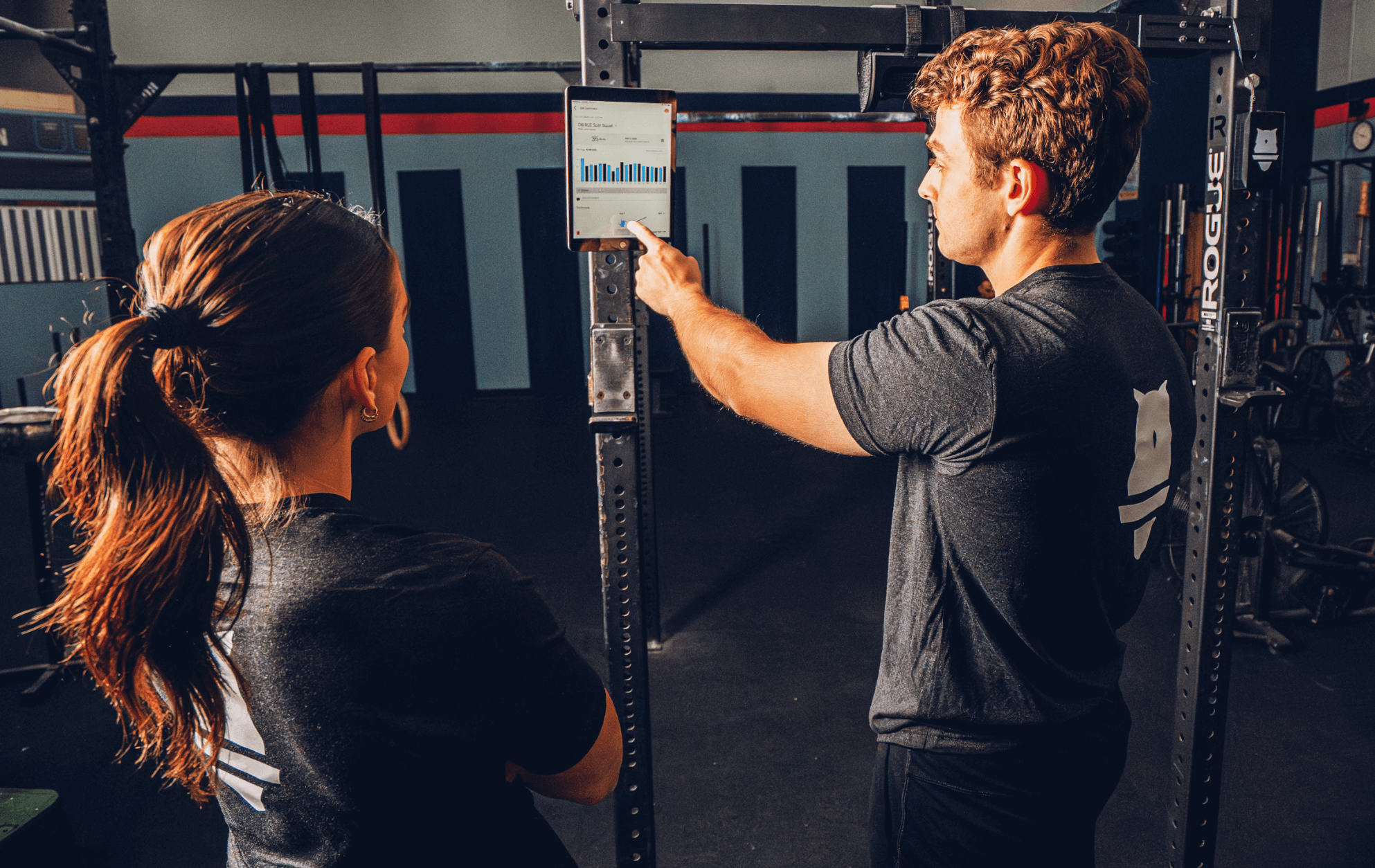
































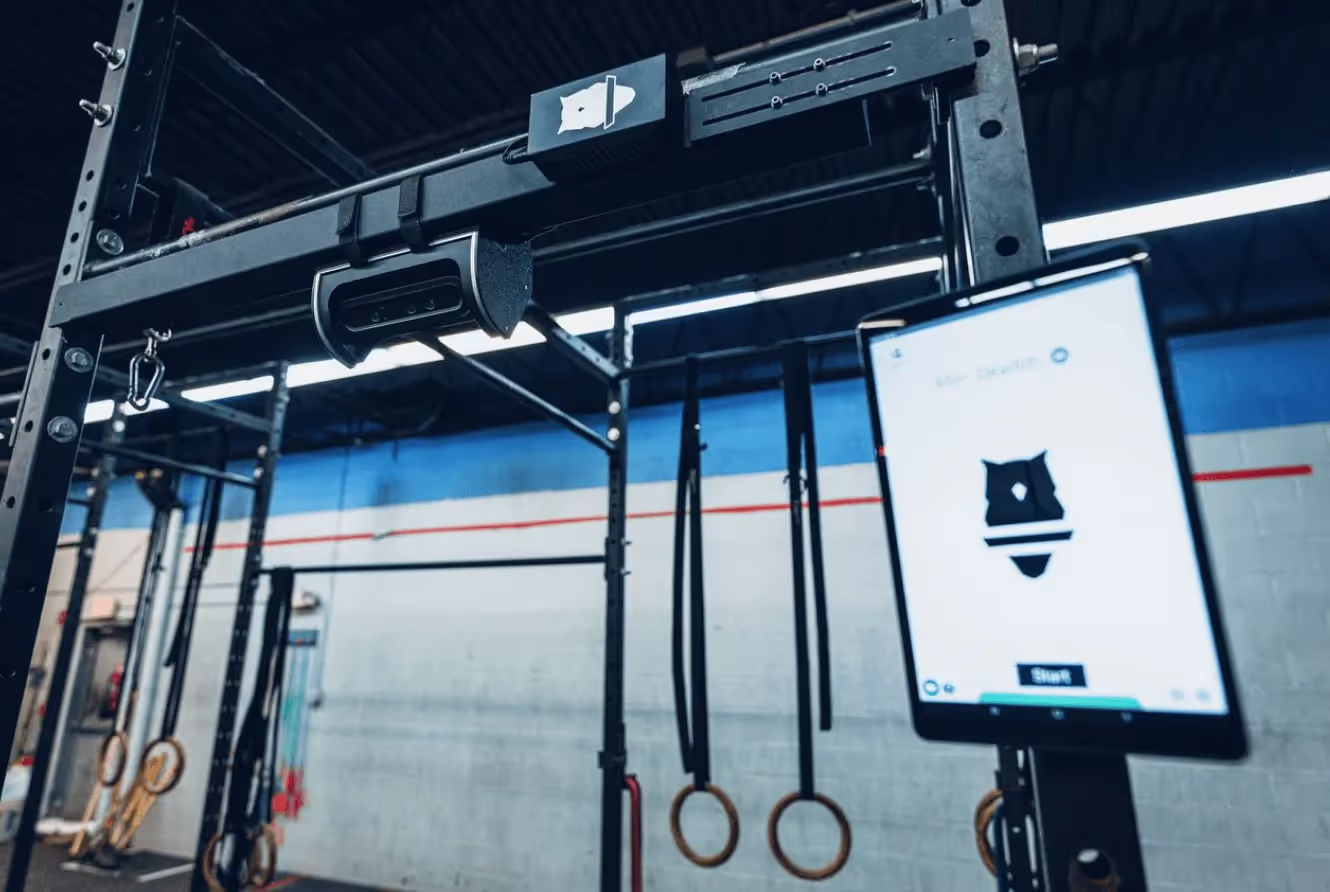
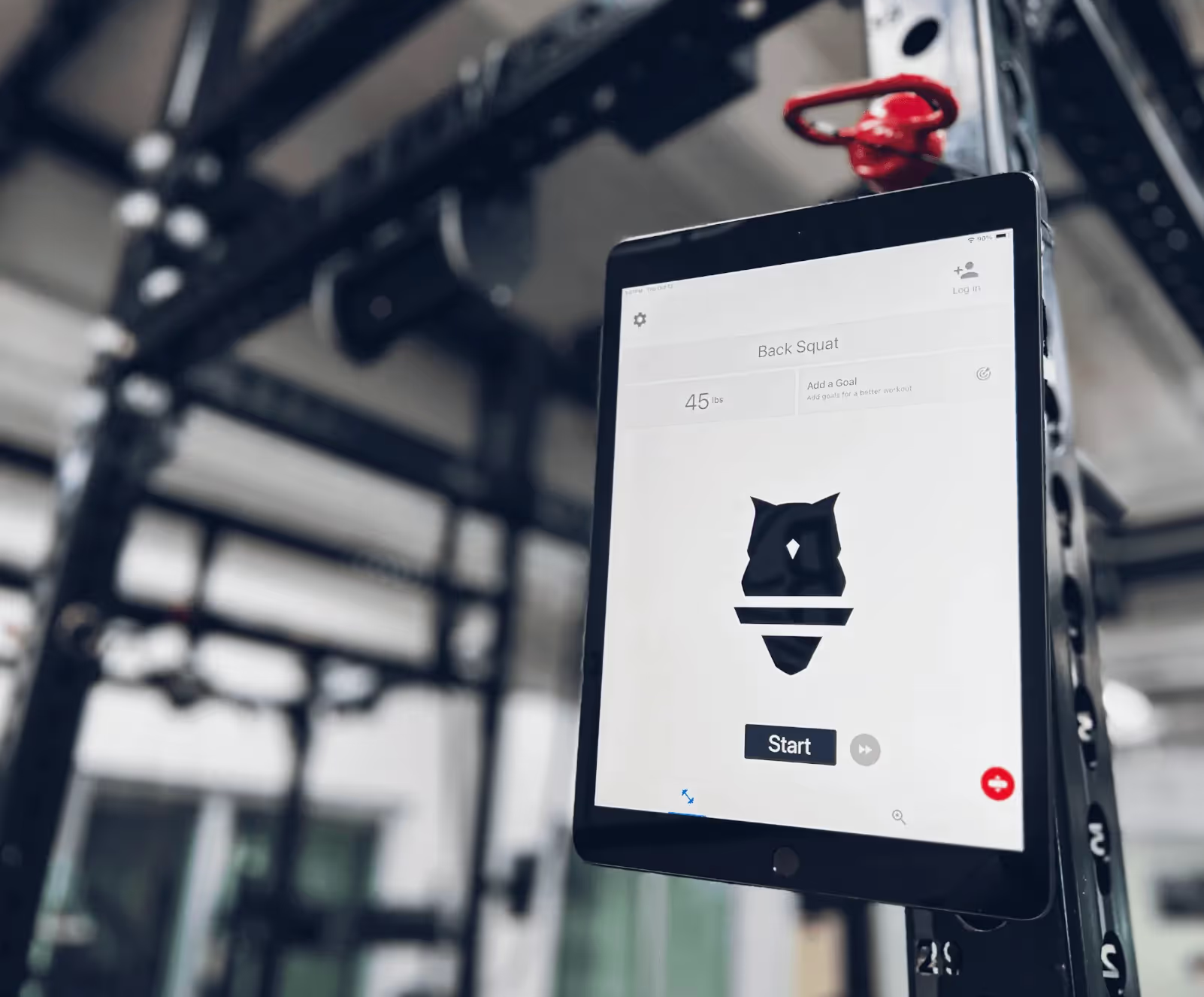



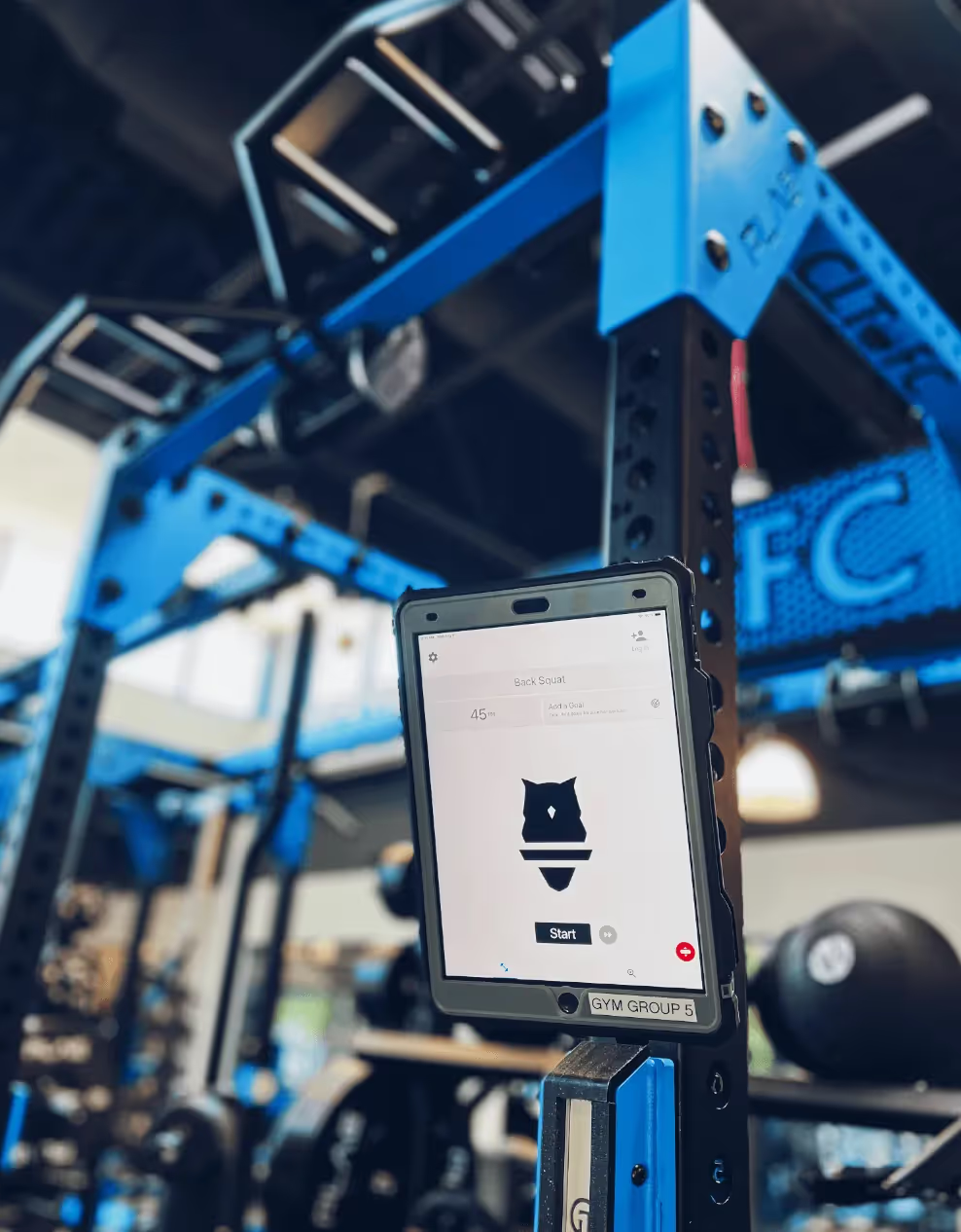
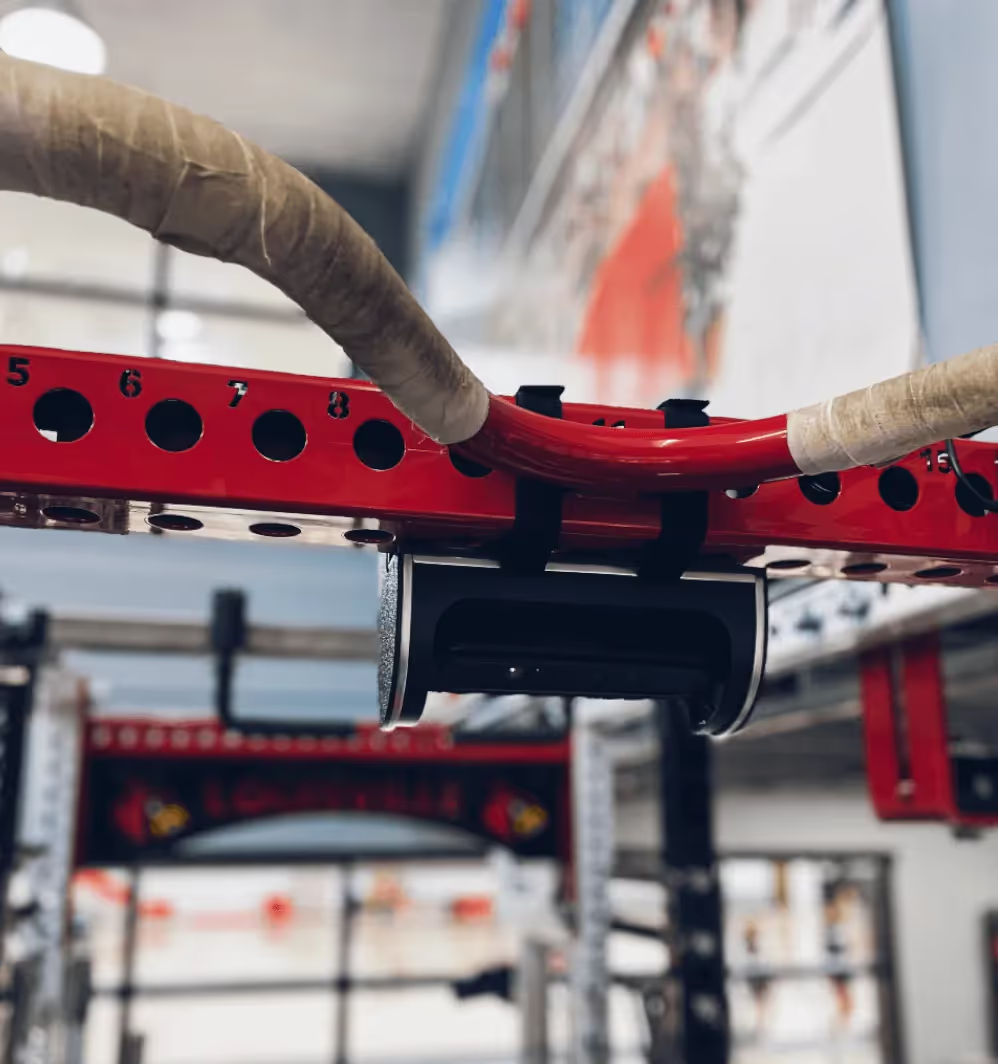






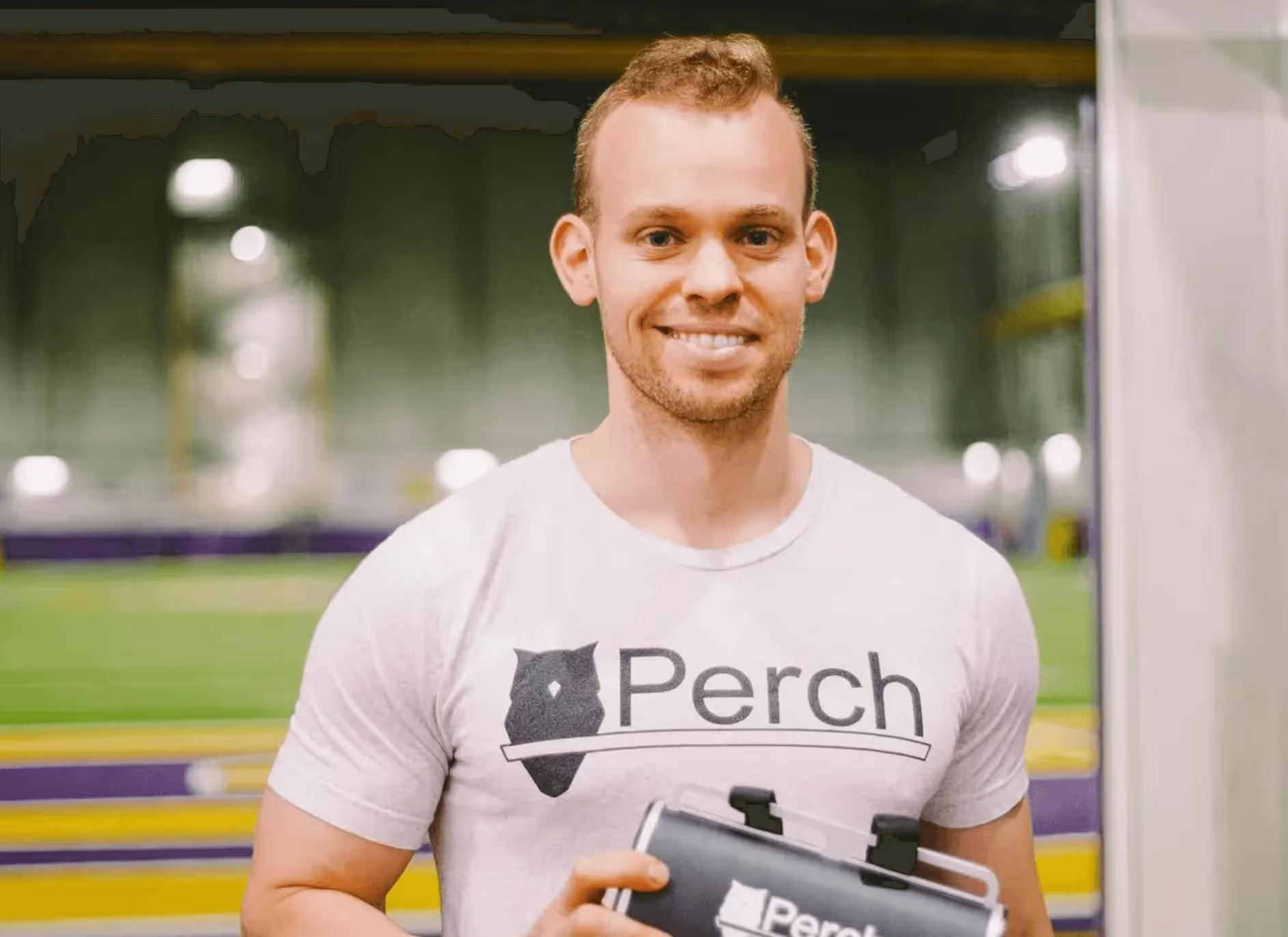





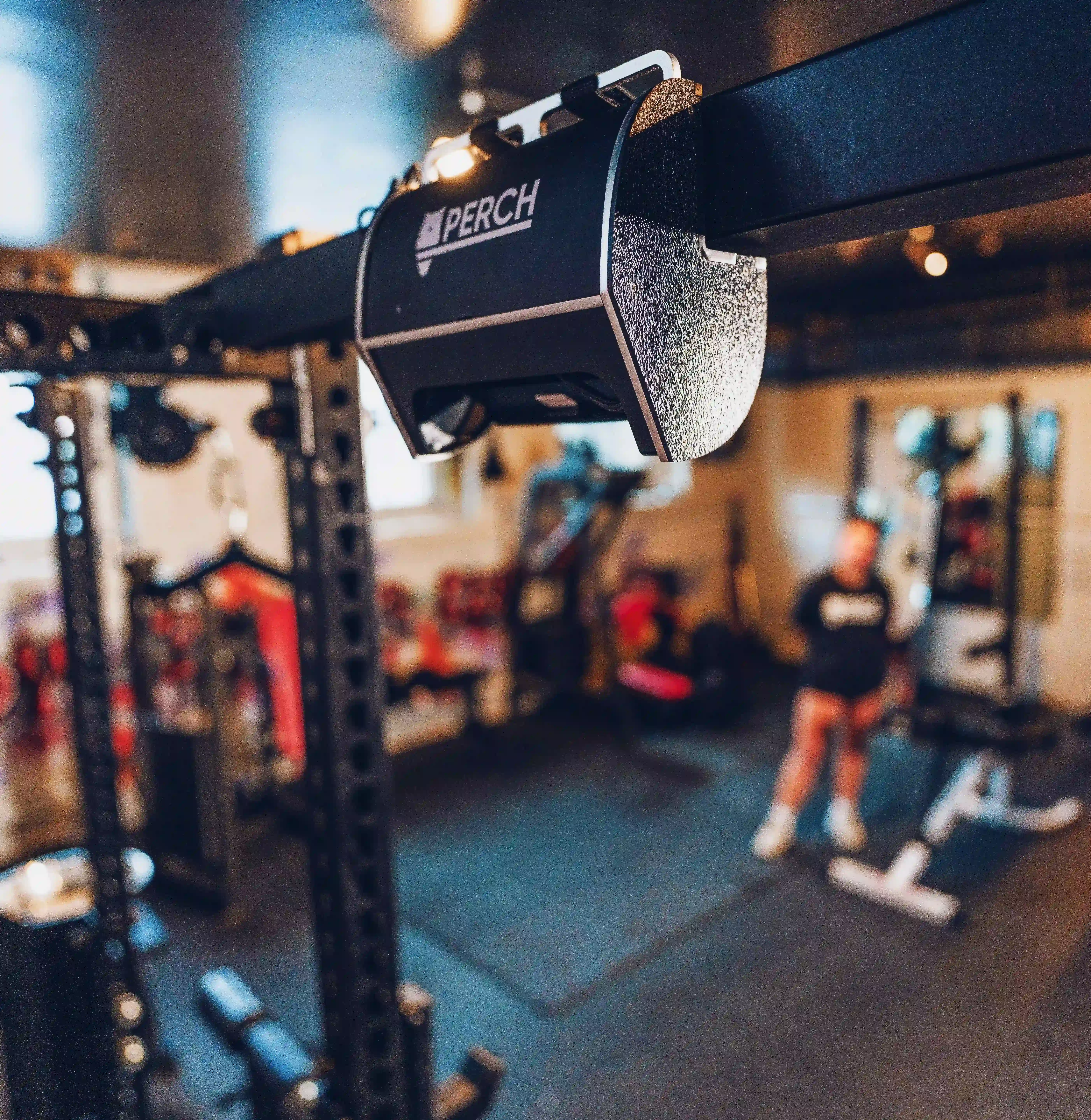
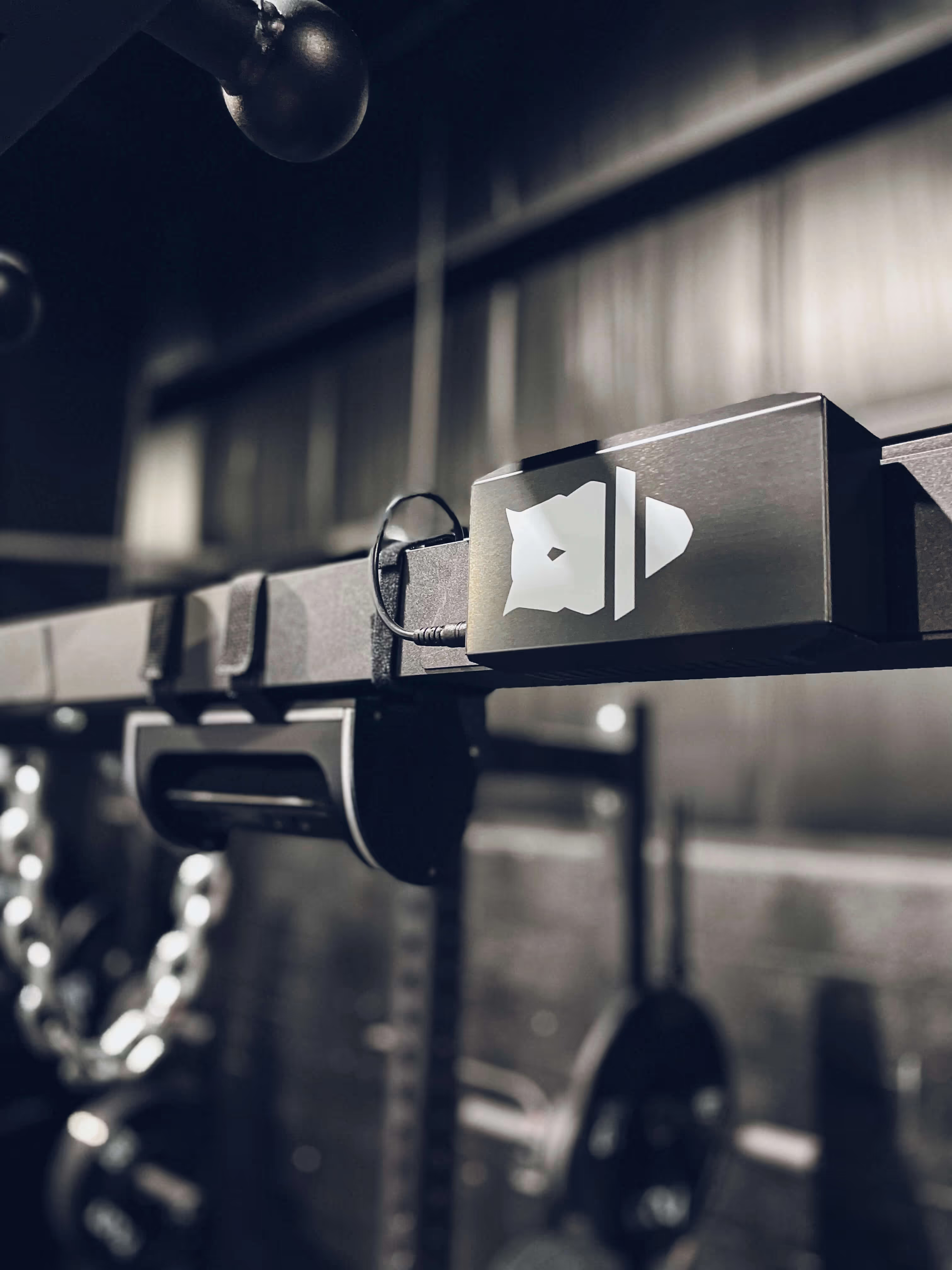

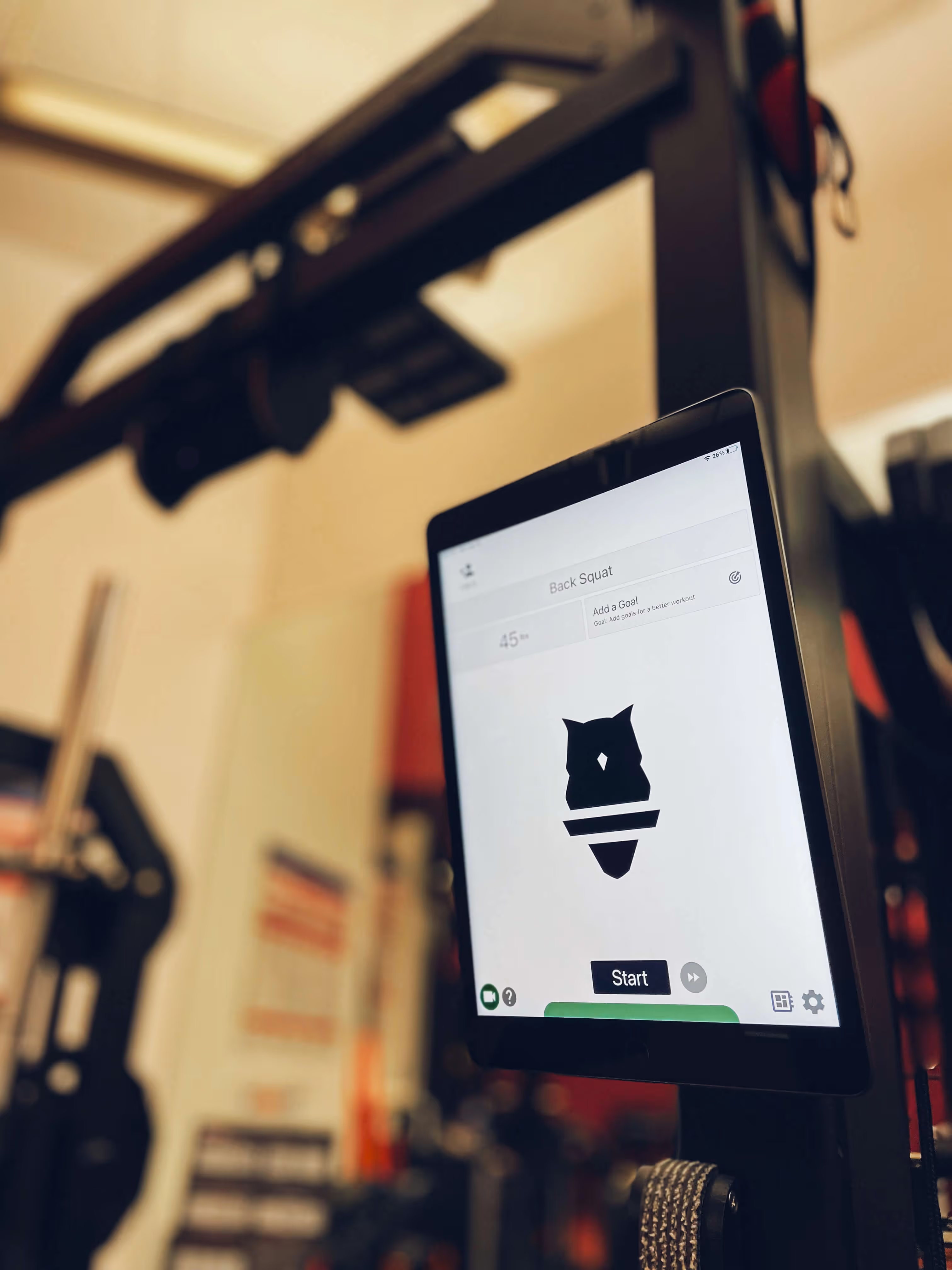

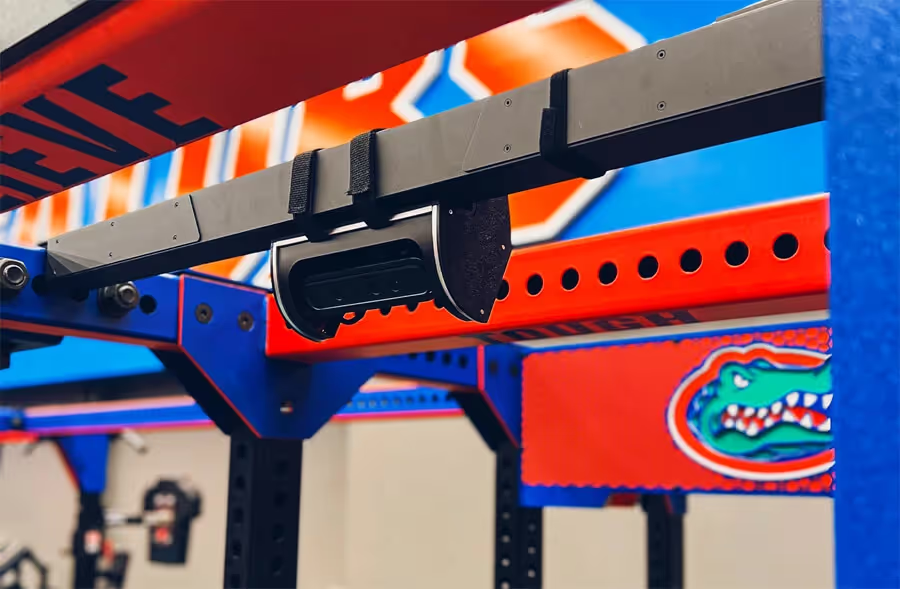






.avif)





